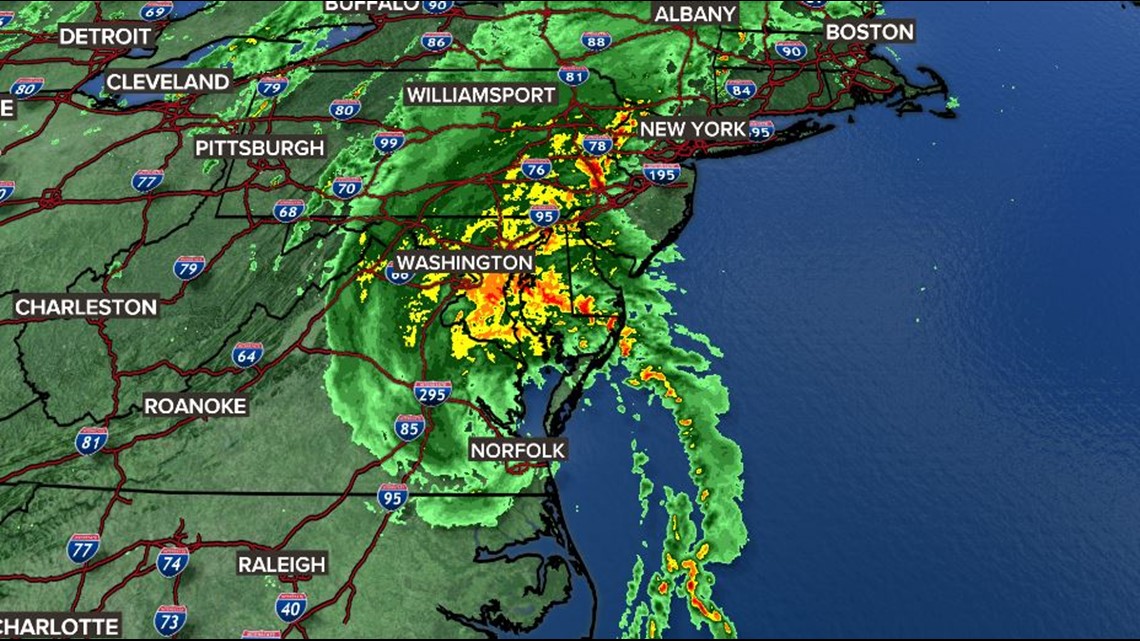

Coast Guard ultimately determined the captain misjudged Joaquin’s path and “failed to understand the severity of the situation.” Thirty-three crew members aboard the cargo ship El Faro died when it sank in Hurricane Joaquin. The GFS and European model disagreed on forecast track with the GFS showing the dangerous cyclone making landfall in the Mid-Atlantic region, while the European had it going out to sea. The GFS was outdone again during 2015′s Category 5 Hurricane Joaquin.

The GFS underperformed compared to the Euro, which correctly forecast Sandy’s track toward the East Coast. It is being run on a supercomputer that got a multi-million brain boost after Hurricane Sandy devastated the northeast in October 2012, exposing limitations of the GFS model.
HURRICANE TRACK EUROPEAN MODEL UPGRADE
This year, the GFS (the new American model) got an upgrade equivalent to replacing a car’s engine – the first major boost in nearly 40 years that added the Finite Volume Cubed-Sphere dynamical core, or FV3. One model can perform very well on a certain storm but be garbage on the next one.” “There’s not going to be one model that wins the entire year. “Anyone looking at these spaghetti models can latch onto any one they want and see the solution that they want to see or focus on whatever is closest to them,” said Jonathan Belles, a digital meteorologist with.

The GFS ensemble has 20 runs, while the Euro has 50. “You can make some incorrect conclusions if you don’t know the details.”Ī big jolt in model reaction is a sign that minor changes in the atmosphere can have a major change in the forecast. “The casual user might not know that HMON is a brand new model under development and is going through a lot of growing pains but it is plotted on there with everything else,” Franklin said. The popular Euro (ECMWF) and new American model, which is also called the Global Forecast System, or GFS, and shows up on spaghetti models as the AVNO, are two of the leaders of the deterministic models. Met Office Global Model, or UKMET, and the Hurricane multi-scale ocean-coupled non-hydrostatic model, which is better known as the HMON. Some of the more prominent models include the Navy’s NVGM, the Hurricane Weather Research and Forecast System’s HWRF, the U.K. It can take several hours to run a single model. Each model run is fattened with equations that take into account billions of atmospheric data points from all manner of measuring systems, including weather balloons, ocean buoys, ships at sea, backyard weather stations and satellites. “Tropical cyclones just aren’t a problem they devote a tremendous amount of resources too,” he said.ĭeterministic models are a single run of a specific model and show up as a solid colored line on maps. Statistical models, including ones called the XTRP and CLP5, don’t consider what’s happening in the atmosphere at all, basing their routes solely on how past storms in the same place and time have acted.Ī Canadian model, which can often be found on spaghetti model plots as CMC or CEMN, isn’t given high ratings by James Franklin, the former chief of forecast operations at the National Hurricane Center. “I generally wish the spaghetti plots weren’t shown like they are because not all of those lines are equal.” “If one model was best all the time, we’d quit running all the other models,” said Brian McNoldy, a senior research associate at the University of Miami’s Rosenstiel School of Marine and Atmospheric Science. “There is a desire for concreteness when people look at these, but it also feeds into phobias and we just have to sift through it best we can.” “I have a friend totally obsessed with these things and his wife is always telling him to please not talk to me about the Euro model again,” said Hugh Gladwin, a Florida International University researcher and anthropologist. Social media and four consecutive years of over-achieving storms have given celebrity status to certain spaghetti model runs, regularly pitting the Euro against a souped-up American model during dinner table chatter.

Numbers are crunched, and, voila, a “spaghetti” model is served. They’re colorful and engaging, but do spaghetti models tell us what we need to know?ĭivining a hurricane’s path is far from simple: it includes regular feedings of 85 billion clues to super computers – information on everything from the tiniest raindrop to the rowdiest thunderstorm, gentle sea breezes to tree-toppling gales, the heat of the ocean’s surface to the very underside of space.


 0 kommentar(er)
0 kommentar(er)
